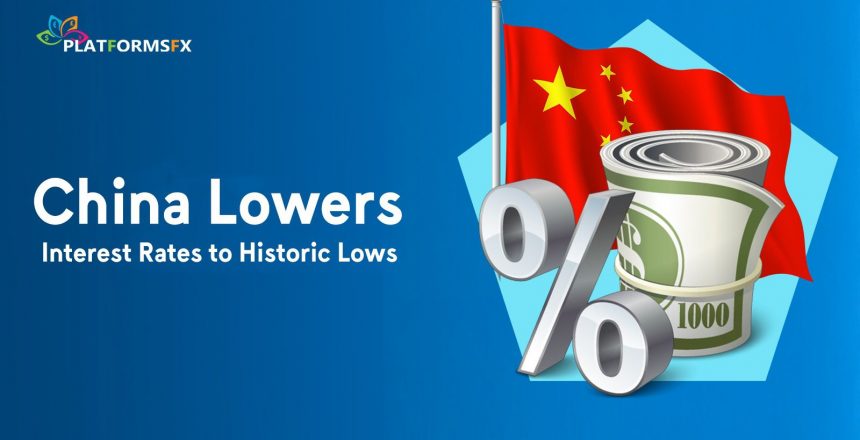On Monday, the Chinese central bank announced a reduction in its two key interest rates to unprecedented levels, as part of efforts by authorities in Beijing to boost spending in the world’s second-largest economy.
The decision follows China’s slowest quarterly growth rate in a year and a half, with growth recorded at 4.6%, despite attempts to stimulate the economy. The Chinese government is aiming for a 5% growth target this year, but this goal faces challenges such as declining consumption and a debt crisis weighing heavily on the large real estate sector.
The central bank decided to lower the one-year loan prime rate from 3.35% to 3.1%, a rate used by banks to set the best possible interest rates for businesses and households. Additionally, the five-year loan prime rate, a benchmark for mortgage loans, was reduced from 3.85% to 3.6%.
This marks the second time this year that the bank has cut these rates, which have now reached their lowest levels ever.
Authorities acknowledged the presence of complex international and domestic economic challenges, but expressed confidence in achieving the targeted growth rate. However, experts believe additional monetary incentives are needed to support the economy and restore business confidence.
Furthermore, on Friday, China’s major banks announced a second reduction in yuan deposit rates this year, in an effort to stimulate spending. Central bank governor Pan Gongsheng indicated that authorities are considering an additional reduction in the reserve requirement ratio for commercial banks before the end of the year.
The decline in spending in recent months has raised concerns about a return to economic contraction, which was previously averted earlier this year.



